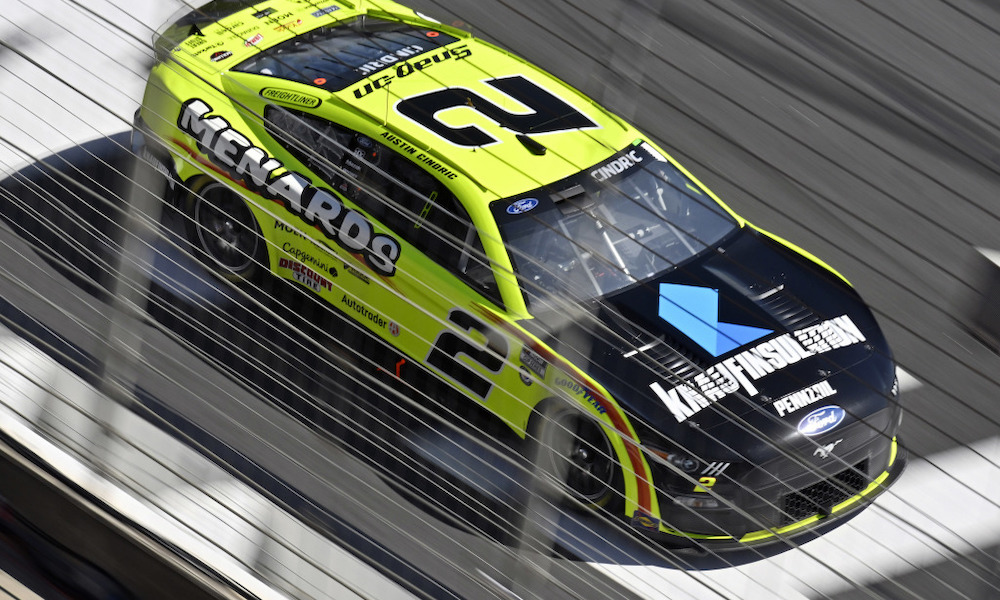
Sunday’s NASCAR Cup Series race at Circuit of the Americ as brings many talking points, from it being the first road course race of the season with a new aero package, to the invasion of multiple Formula 1 superstars, Jordan Taylor driving for Hendrick Motorsports, and Jimmie Johnson making another run with his Legacy Motor Club team.
Another topic of conversation is how Sunday will be the first time in seven years NASCAR will not throw a yellow flag on a predetermined lap for a stage break. Points will still be awarded to the top 10 running drivers on those designated laps, but the race flow will not be interrupted.
Given everything on the table for Sunday, it’s the lack of those expected cautions that should be watched, says Austin Cindric.
“Someone is going to fall out of the seat. That’s my prediction for the weekend,” Cindric said. “I can tell you it’s not going to be me, but I think it’s more possible this weekend than any other weekend.”
How the lack of stage breaks opens up strategy for race teams is a variable this weekend. The expectation is that teams will no longer have to choose between going for stage points or trying to position their driver to try to win the race.
Cindric hopes not having two set cautions will give the best cars a chance to be rewarded. There will still be race strategies, but ones that develop as the race unfolds organically and the field can run under the green flag.
But from a racing perspective, it will affect the drivers just as much. Circuit of the Americas is a purpose-built road course specifically for Formula 1 and MotoGP. At 3.4 miles and 20 turns, it’s the longest on the Cup Series schedule, and one of the toughest.
“It’s not going to be cool by any means,” Cindric said, referring to the forecast for the weekend that is consistently in the 80s. “It’s a physically challenging track; you do have the long back straightaway to rest, but I did the Goodyear tire test a couple of months ago, and two days of driving around that place knocks you around.